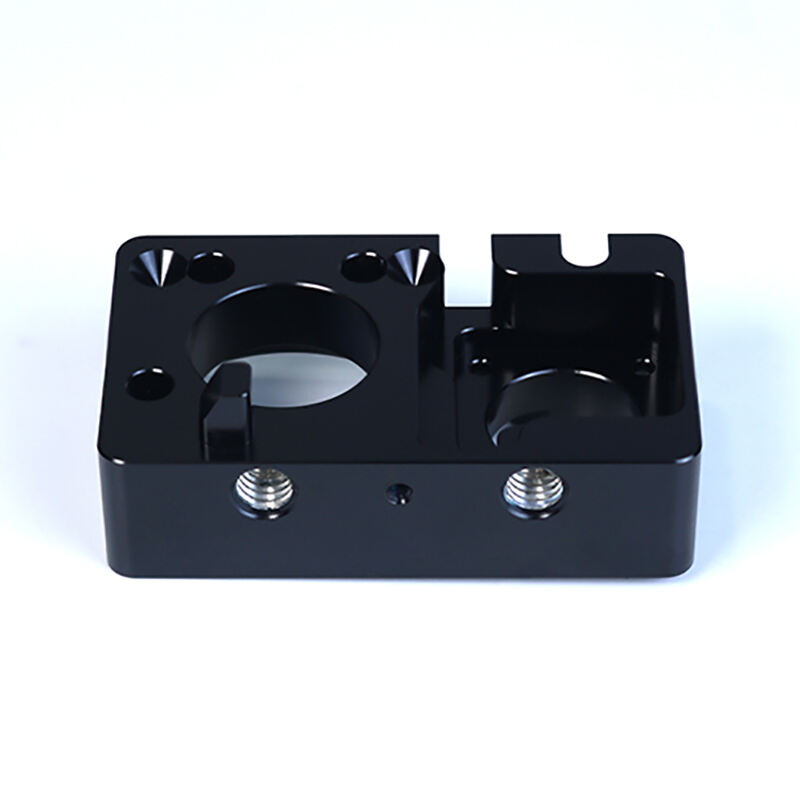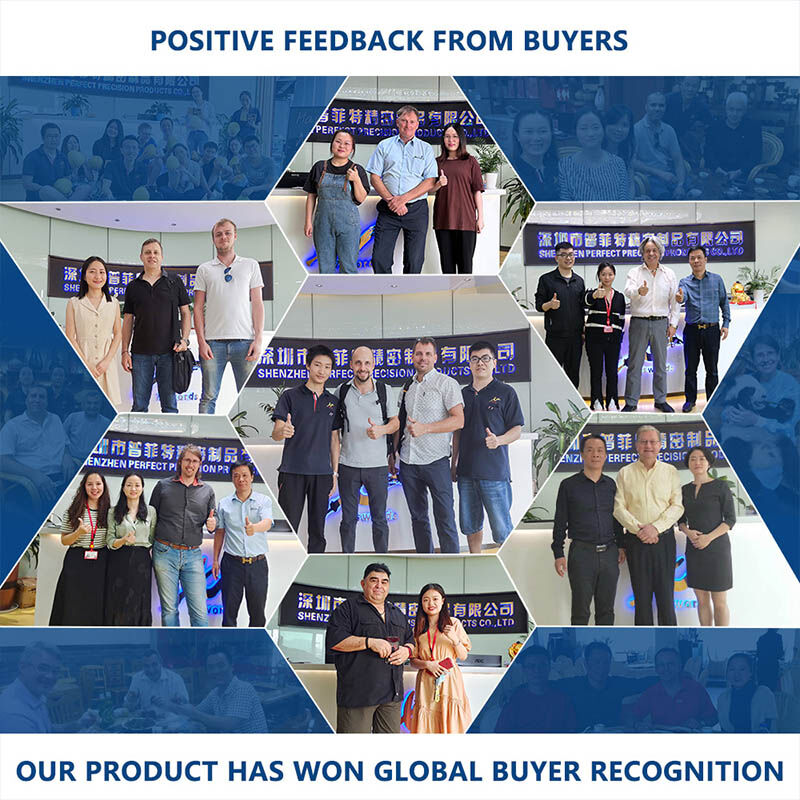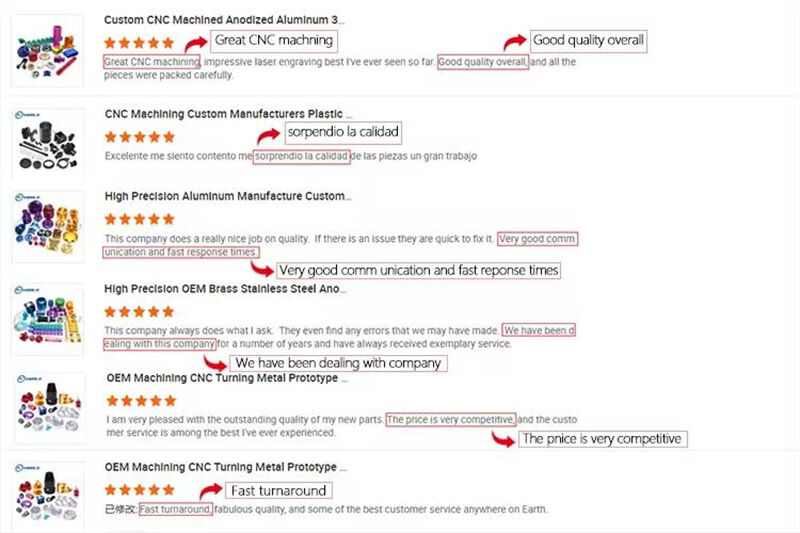49. épület, Fumin Ipari Park, Pinghu település, Longgang kerület
Vasárnap Zárva
Precíziós megmunkálási alkatrészek
Típus: Borítás, DRILLING, Etching / Kémiai gépelés, Lézer gépelés, Milling, Egyéb gépi szolgáltatások, Tengelyforgatás, Wire EDM, Gyors prototipus-készítés
Modell szám: OEM
Kulcsszó: CNC gépelési szolgáltatások
Anyag: rostmentes acél alumínium-ligurzsa bronz fémes anyag plasztik
Feldolgozási módszer: CNC forgás
Szállítási idő: 7-15 nap
Minőség: Magas minőség
Tanúsítvány: ISO9001:2015/ISO13485:2016
MOQ: 1 darab
Ha valaha eltűnődött azon, hogyan jutnak el a digitális tervektől a késztermékekig fémpartok a CNC marás valószínűleg a megoldás. Ez az erőgép gyártási folyamat forradalmasította a repülőgépipartól a egyedi motoros alkatrészek .

A lényegében, CNC (számítógépes számbillentyűzéses) marás egy kivonó gyártási folyamat, amely során egy számítógép által vezérelt forgó vágószerszám eltávolítja az anyagot egy szilárd blokkból (munkadarab néven ismert), hogy egyedi tervezésű alkatrészeket készítsen . Képzelje el úgy, mint egy robot szobrászt, aki fémeket, műanyagokat vagy fákat tud kifaragni hihetetlen pontossággal.
✔ Pontosság 0,01 mm-ig (kb. az emberi hajszál negyedének megfelelő pontosság)
✔ Folyamatos működés 24 órán keresztül minimális felügyelettel
✔ Azonos alkatrészeket mindig pontosan ugyanúgy előállít
✔ Összetett 3D-s formákat is képes megmunkálni, amelyeket a kézi gépek nem tudnak
• Légiközlekedés: Turbinapengék, szárnyalkatrészek
• Orvostechnika: Beültethető eszközök, sebészeti műszerek
• Autóipar: Motorblokkok, sebességváltó alkatrészek
• Fogyasztási cikkek: Okostelefon tokok, háztartási készülék alkatrészek
Nem minden gyártó egyforma. A leggyakoribb típusok, amelyekkel találkozhat:
• Függőleges megmunkáló központok (VMC-k) - A leggyakoribb, a szerszám függőlegesen mozog
• Vízszintes megmunkáló központok (HMC-k) - Nagyobb, nehezebb alkatrészekhez ideális
• 5-tengelyes marógépek - Összetett alakzatok megmunkálására alkalmas egyetlen felfogásban
• Kapumarógépek - Különösen nagy munkadarabokhoz
Bár az alumínium és acél a leggyakoribb, a modern CNC marógépek a következőkkel is elbánnak:
• Műanyagok (ABS, Nylon, PEEK)
• Kompozitok (szénrokkant, G10)
• Fa (prémium bútorokhoz és hangszerhez)
• Gyanta (ékszerhez és mintákhoz)
A CNC marás olyan, mintha egy robot segítségével dolgozhatnánk. Akár egy prototípust, akár több ezer terméket készít, a marási folyamat megértése gyorsabb és pontosabb eredményhez segít jutni.



K: Mennyire gyorsan kaphatok egy CNC prototípust?
A: A leadidő változó a rész bonyolultságától, anyag-elérhetőségétől és a véglegesítés követelményeitől függ, általánosságban viszont:
• Egyszerű prototípusok: 1–3 munkanap
• Összetett vagy többalkatrészes projektek: 5–10 munkanap
Gyorsított szolgáltatás gyakran érhető el.
K: Milyen tervezési fájlokat kell megadnom?
V: Kezdéshez el kell küldenie:
• 3D-s CAD fájlok (ajánlott formátum: STEP, IGES vagy STL)
• 2D-s rajzok (PDF vagy DWG formátumban), ha adott tűrések, menetek vagy felületminőség előírások szükségesek
K: Képes kezelni a szoros toleranciákat?
V: Igen. A CNC gépezés alkalmas a szoros toleranciák elérésére, általánosan:
• ±0,005 hüvelyk (±0,127 mm) szabványos
• Szűkebb tűrések is lehetségesek igény szerint (pl. ±0,001 hüvelyk vagy jobb)
K: Alkalmazható a CNC prototípus funkcionális tesztelésre?
A: Igen. A CNC prototípusok valódi mérnöki anyagokból készülnek, amik tökéletesek funkcionális tesztelésre, illeszkedés-ellenőrzésre és mechanikai értékelésre.
K: Kínál számomra kis mennyiségű termelést a prototípusok mellett?
A: Igen. Sok CNC szolgáltatás ajánl hídakos termelést vagy kis mennyiségű gyártást, ami 1-től néhány száz darig alkalmas.
K: Titkos marad terveim?
A: Igen. A megbízható CNC prototípus-szolgáltatók mindig aláírják a Nemzeti Felfedezési Egyezményt (NDA-t), és teljes bizalmasként kezelik fájljait és az intellektuális tulajdonját.
Mindent jog fenntartva. © Shenzhen Perfect Precision Products Co., Ltd. — Adatvédelmi irányelvek—Blog